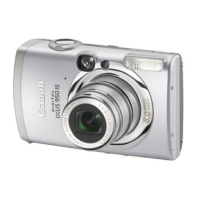
Do you have a question about the Canon PowerShot SD850 IS Digital ELPH and is the answer not in the manual?
| Effective Pixels | 8.0 Megapixels |
|---|---|
| Sensor Type | CCD |
| Image Processor | DIGIC III |
| Optical Zoom | 4x |
| Digital Zoom | 4x |
| LCD Screen Size | 2.5 inches |
| LCD Resolution | 230, 000 dots |
| Image Stabilization | Optical |
| ISO Range | 80-1600 |
| Shutter Speed | 15-1/1600 sec |
| Battery Type | NB-5L Lithium-Ion |
| ISO Sensitivity | Auto, 80, 100, 200, 400, 800, 1600 |
| Maximum Aperture | f/2.8 |
| Focus Range | 3cm (1.2 in.) - infinity (W) |
| Video Recording | Yes |
| Video Resolution | 640 x 480 (30 fps), 320 x 240 (30 fps) |
| Storage Media | SD, SDHC, MMC, MMCplus, HC MMCplus |
| Weight | 155 g (5.5 oz) |
| Sensor Size | 1/2.5-inch |
| Aperture Range | f/2.8-f/5.8 |
Explains how to change the display mode of the LCD monitor by pressing the DISP. button.
Details on adjusting LCD monitor brightness via Setup Menu or DISP. button (Quick-bright LCD).
Illustrates shooting and playback information displayed on the camera's LCD monitor.
Describes using the viewfinder to conserve power while shooting.
Explains the camera's power saving function and when it shuts off.
Instructions for setting home and world time zones for recording with local dates/times.
Overview of how to use FUNC. Menu, Rec., Play, Print, Set up, and My Camera menus.
Lists functions available in FUNC. Menu, Rec. Menu, Play Menu, and Print Menu.
Guide on how to reset camera settings to factory defaults.
Instructions for formatting a new or existing memory card.
Explains how to change recording pixels and compression settings for still images.
Details on using the Image Stabilizer (IS) mode to reduce blur.
Guide to using digital zoom and digital tele-converter for zoomed images.
Instructions for shooting subjects at close range using Digital Macro.
How to enable the red-eye reduction lamp that fires with the flash.
Explains how to shoot continuously by holding down the shutter button.
Mode for recording people against nightscapes or points of light for fantastical images.
Instructions for shooting images with optimal settings for postcards.
Overview of available movie modes: Standard, Fast Frame Rate, Compact, Color Accent.
Guide to using Stitch Assist to create panoramic images from overlapping shots.
Explains Face Detect, Zone AF, and Center AF frame focusing methods.
How to set exposure and focus separately by locking the exposure.
Describes Evaluative, Center-Weighted Average, and Spot metering methods.
How to adjust exposure compensation to avoid dark or bright subjects.
Instructions for setting a slow shutter speed to make dark subjects brighter.
Guidance on changing white balance settings for optimal color reproduction.
How to change the look and feel of pictures using My Colors settings.
Details on Color Accent and Color Swap modes for transforming image colors.
How to raise ISO speed to reduce shake or avoid blur in dark areas.
How to assign frequently used functions to the _ button for quick access.
Explains the Intelligent Orientation sensor for automatic image rotation.
Instructions for creating new folders to automatically save recorded images.
How to select how file numbers are assigned (Continuous or Auto Reset).
Guide on how to magnify images up to 10x and move around the displayed portion.
How to view multiple images (index playback) and switch between sets of nine.
How to organize images into prepared categories like People, Scenery, Events.
Using search keys to jump over images by date, category, folder, or movie.
Instructions on how to play movies, including using the movie control panel.
Guide on how to delete portions of recorded movies by specifying cut points.
How to rotate images clockwise by 90° or 270° in the display.
How to correct red eyes in recorded images.
How to add effects to recorded images (stills only) using the My Colors function.
Instructions for attaching sound memos (up to one minute) to images.
How to record continuous sound memos for up to approximately 2 hours.
Guidance on setting up and playing automated slide shows of memory card images.
How to protect important images and movies from accidental erasure.
Instructions for playing back images on a television using the supplied AV cable.
How to erase images from a memory card by selection, date, category, or folder.
How to select images for printing and specify the number of print copies using DPOF standards.
Specifying settings for images before downloading them to a computer using DPOF.
How to customize start-up image, sounds, and other camera settings to personal taste.
Steps for adding recorded images and sounds as custom My Camera settings.
Troubleshooting for camera power, sounds, and basic operations.
Solutions for common LCD monitor problems like blank screen or display flickering.
Addressing issues like insufficient lighting, noise, blur, and exposure problems.
Troubleshooting for full, unformatted, or write-protected memory cards.
Solutions for problems related to playback, movie editing, and file compatibility.
Troubleshooting for battery life, charger, and TV output problems.
Solutions for problems encountered when printing to compatible printers.
Displays messages related to memory card status like busy, locked, or full.
Messages indicating errors in file naming, creation, or operation.
Messages for incompatible image formats, RAW files, or corrupted data.
Messages indicating limitations on rotating, transferring, or modifying images.
Messages for system errors, communication issues, or lens problems.
Precautions and guidelines for handling and charging the camera battery pack.
Recommendations for handling SD and SDHC memory cards to prevent damage.
Information on formatting memory cards, including low-level formatting.
Instructions for using the AC adapter kit for continuous power.
Guide on attaching and using an external High-Power Flash HF-DC1.
Instructions for cleaning the camera body, lens, viewfinder, and LCD monitor.
Technical specifications of the camera, including image sensor, lens, and dimensions.
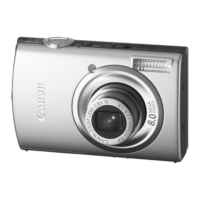
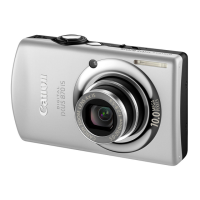
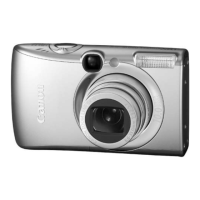
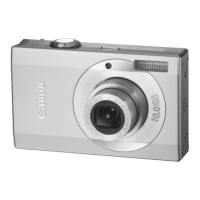


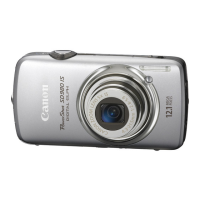
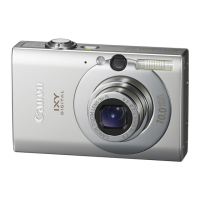
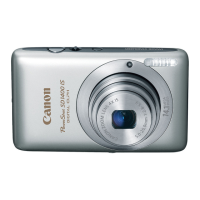
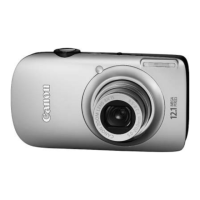
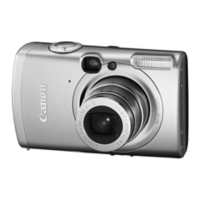

